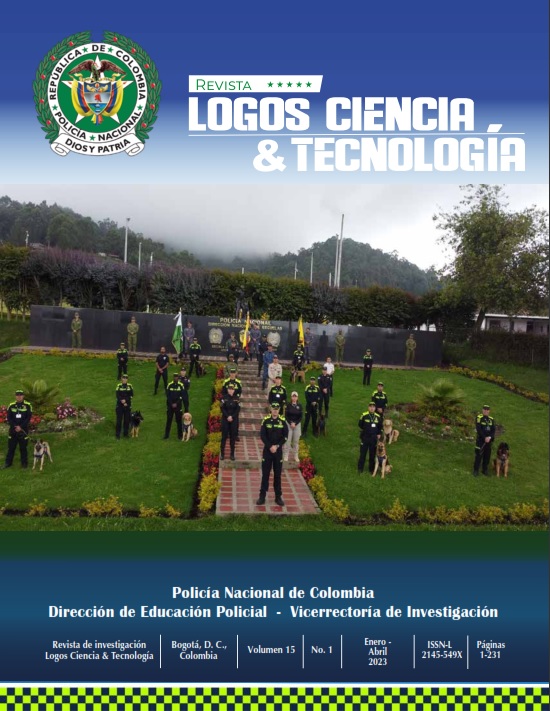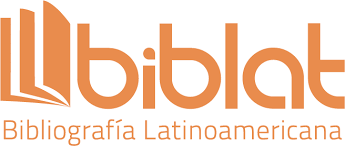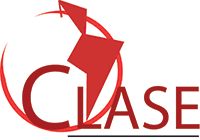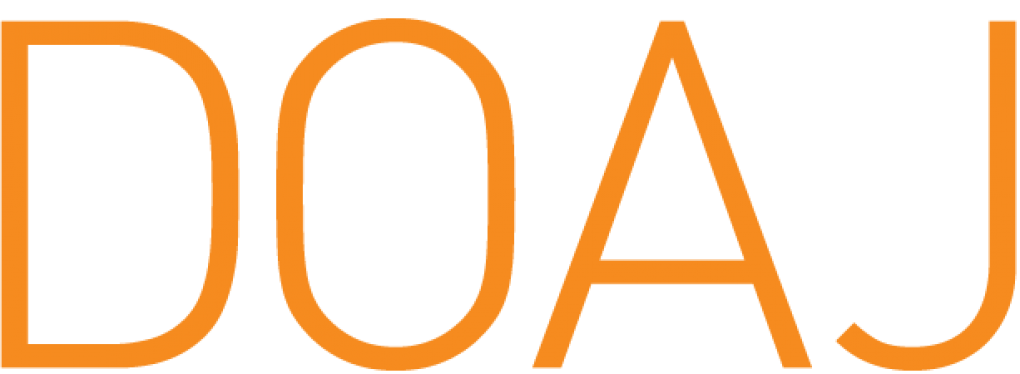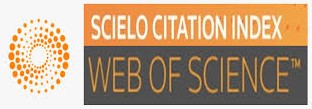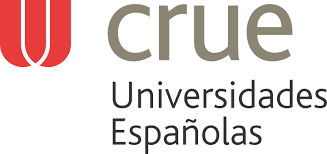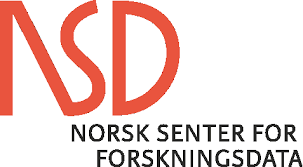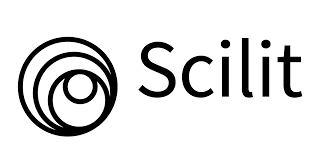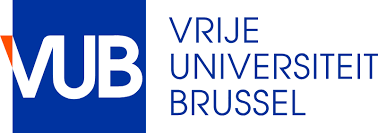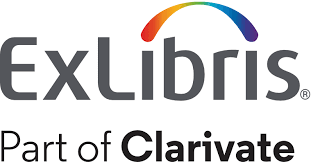Police Work Life Cycle: Human Development, From Onboarding to Retirement Assignment
DOI:
https://doi.org/10.22335/rlct.v15i1.1700Keywords:
administration, human development, personnel management, police, talentAbstract
The present investigation exposes the results of the analysis of the police work life cycle, which begins with the incorporation and extends until the achievement of the retirement assignment, once the official completes the service time stipulated by law. Aspects such as incorporation, welfare, health, education and retirement of human talent were analyzed, based on the information of 169529 public servants, registered in the Information System for the Administration of Human Talent [SIATH], obtained through Oracle software Discoverer. A quantitative design with a descriptive scope, not a cross-sectional experimental one, was used. The results show that the institution has defined a police work life cycle in which, based on the mission of the five Administrative Directorates (Human Talent, Incorporation, Education, Social Welfare and Health), the human being is fully developed. In the same way, the articulated work of each unit that integrates the Direction of Human Talent is evident, consolidating the police intellectual capital as an institutional strategic value.Downloads
References
Arévalo, L., y Cardozo, D. (2019). Análisis del impacto de la Gestión Académica del programa de formación Técnico Profesional en Servicio de Policía. Ajustes educativos para lograr una actividad de Policía efectiva [Tesis de Maestría, Universidad de la Sabana]. http://hdl.handle.net/10818/37801
Calderón, G., Álvarez, C. y Naranjo, J. (2006). Gestión humana en las organizaciones un fenómeno complejo: evolución, retos, tendencias y perspectivas de investigación. Cuadernos de Administración, 19(32), 225-254. https://www.redalyc.org/pdf/205/20503210.pdf
Ceballos, N. y Campos, I. (2020). Perfil de retiro laboral temprano en población uniformada de la Policía de Colombia (2008-2018) [Tesis de Maestría, Universidad del Rosario]. Repositorio Institucional EdocUR. https://repository.urosario.edu.co/handle/10336/20957
Chiavenato, I. (2009). Gestión del Talento Humano. McGraw Hill.
Chiavenato, I. (2011). Administración de recursos humanos. El capital humano de las organizaciones. McGraw Hill.
Departamento Nacional de Planeación [DNP]. (12 de marzo de 2013). Documento Conpes Social, Equidad de Género para las mujeres. https://oig.cepal.org/sites/default/files/colombia_2013-2016.pdf
Echeverri, L., Diettes, G., y Sandoval, B. (2010). Libro Histórico de Talento Humano. Policía Nacional.
Función Pública. (31 de diciembre de 2004). Decreto 4433 de 2004. https://www.funcionpublica.gov.co/eva/gestornormativo/norma.php?i=15584
Fyfe, J., Greene, J., Walsh, W., Wilson, O., y McLaren, R. (1997). Administración de la Policía. McGraw-Hill.
Golik, M. (2012). Recursos humanos: ¿quo-vadis? el director de recursos humanos del tercer milenio. Invenio, 15(28), 91-99. https://www.redalyc.org/pdf/877/87724141007.pdf
Hernández, R. y Mendoza, C. (2018) Metodología de la Investigación. Las rutas cuantitativa, cualitativa y mixta. Mc Graw Hill.
Hernández-González, Á. U., Echeverri-Petti, L. M., y Cortés-Olarte, G. A. (2021). Caracterización, inclusión y participación de la mujer policía en Colombia. Análisis 1994 - 2021. Revista Logos Ciencia & Tecnología, 13(3), 8-19. https://doi.org/10.22335/rlct.v13i3.1445
Jurisdicción Especial para la Paz. (8 de junio de 1990). Decreto 1212 de 1990. https://jurinfo.jep.gov.co/normograma/compilacion/docs/decreto_1212_1990.htm
Ministerio de Justicia y del Derecho. (29 de agosto de 1983). Decreto 2137 de 1983. Título III, Capítulo IX. Diario oficial 36324. https://www.suin-juriscol.gov.co/viewDocument.asp?id=1759615
Ministerio de Justicia y del Derecho. (30 de abril de 2019). Decreto 754 de 2019. https://www.suin-juriscol.gov.co/viewDocument.asp?ruta=Decretos/30036447
Ministerio de Justicia y del Derecho. (14 de septiembre de 2000). Decreto 1791 de 2000. https://www.suin-juriscol.gov.co/viewDocument.asp?id=1351186
Observatorio del Direccionamiento del Talento Humano −OBTAH− (2022. Parte de personal. Policía Nacional.
Oficina de Planeación de la Dirección de Sanidad -OFPLA-DISAN- (2022). Informe de empalme Gobierno Nacional.
Oficina de Planeación de la Dirección de Bienestar Social -OFPLA-DIBIE- (2022). Informe de empalme Gobierno Nacional.
Oficina de Planeación de la Dirección Nacional de Escuelas -OFPLA-DINAE- (2022). Informe de empalme Gobierno Nacional.
Oficina de Planeación de la Dirección de Incorporación -OFPLA-DINCO- (2022). Informe de empalme Gobierno Nacional.
Policía Nacional. (2007). Resolución 02061 de junio 15 del 2007. Por la cual se crea la Dirección de Talento Humano, confiriéndole la misión de Gerenciar el Modelo de Gestión del Talento Humano por Competencias.
Policía Nacional (2008). Sistema de Información para la Administración del Talento Humano en la Policía Nacional [SIATH].
Policía Nacional. (2014). Policía Nacional Incluyente. https://www.policia.gov.co/sites/default/files/publicaciones-institucionales/periodico-pnc-edicion-19.pdf
Policía Nacional. (2019). Resolución 03948 de septiembre 17 del 2019. Por la cual se expide el Manual del Sistema de Gestión Integral de la Policía Nacional y se deroga una resolución.
Poveda, S. (2018). La evolución del concepto de talento humano [Tesis de Especialización, Universidad de América]. https://repository.uamerica.edu.co/bitstream/20.500.11839/6879/1/5131586-2018-II-GTH.pdf
Prieto, P. (2013). Gestión del Talento Humano como estrategia para retención del personal [Tesis de Especialización, Universidad de Medellín]. R I UdeM. http://hdl.handle.net/11407/160
Rodríguez, A. (2018). Bosquejo Histórico Policial de Colombia. Ibáñez.
Vallejo, L. (2016). Gestión del Talento Humano. Espoch.
Downloads
Published
Versions
- 2022-12-16 (3)
- 2022-12-12 (2)
- 2022-12-08 (1)
Issue
Section
License
Copyright (c) 2022 Revista Logos Ciencia & Tecnología

This work is licensed under a Creative Commons Attribution 4.0 International License.
This journal provides free and immediate access to its content (https://creativecommons.org/licenses/by/4.0/legalcode#languages), under the principle that making research available to the public free of charge supports greater global knowledge exchange. This means that the authors transfer the Copyrights to the journal, so that the material can be copied and distributed by any means, as long as the authors’ recognition is maintained, and the articles are not commercially used or modified in any way.
